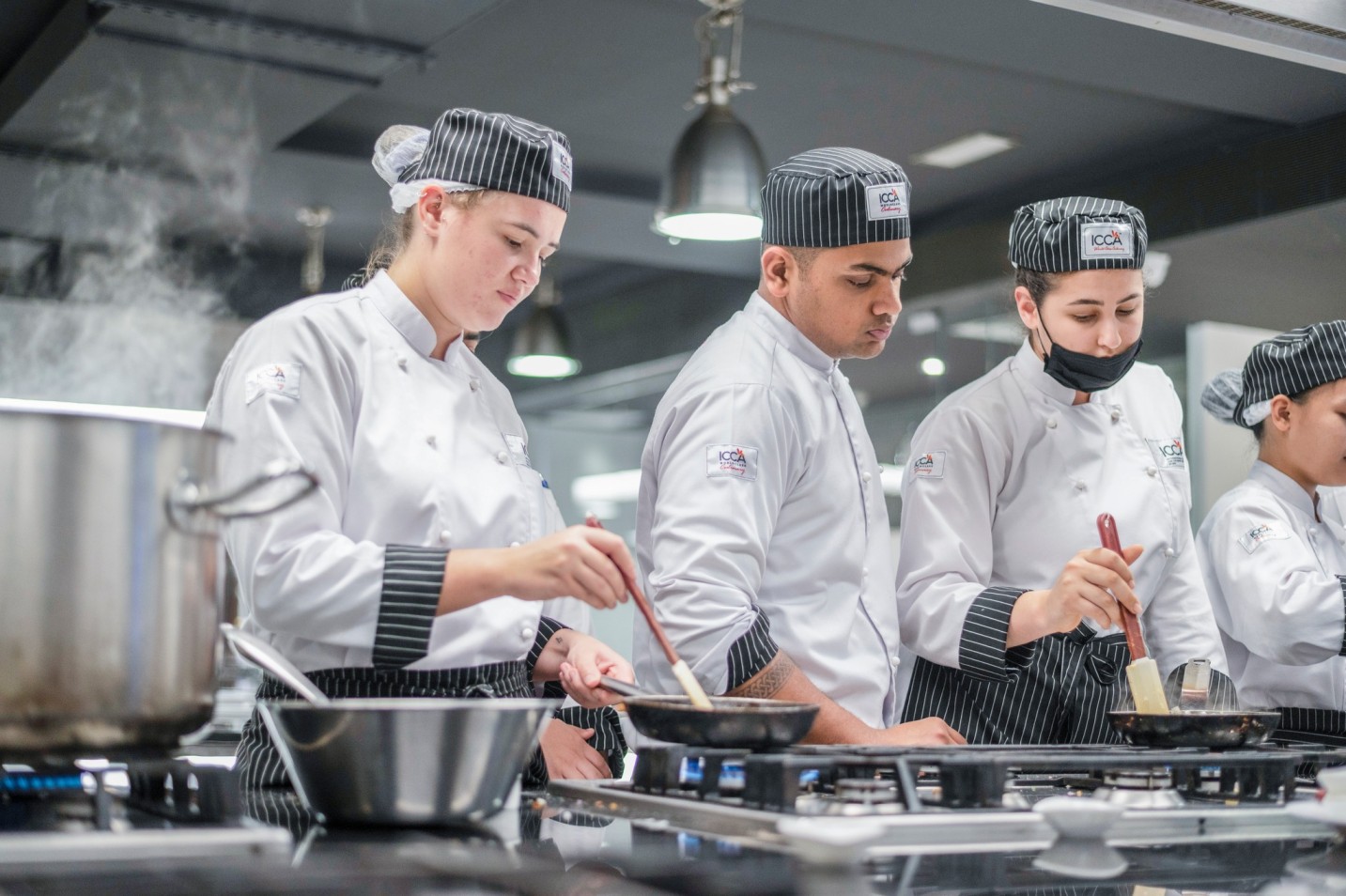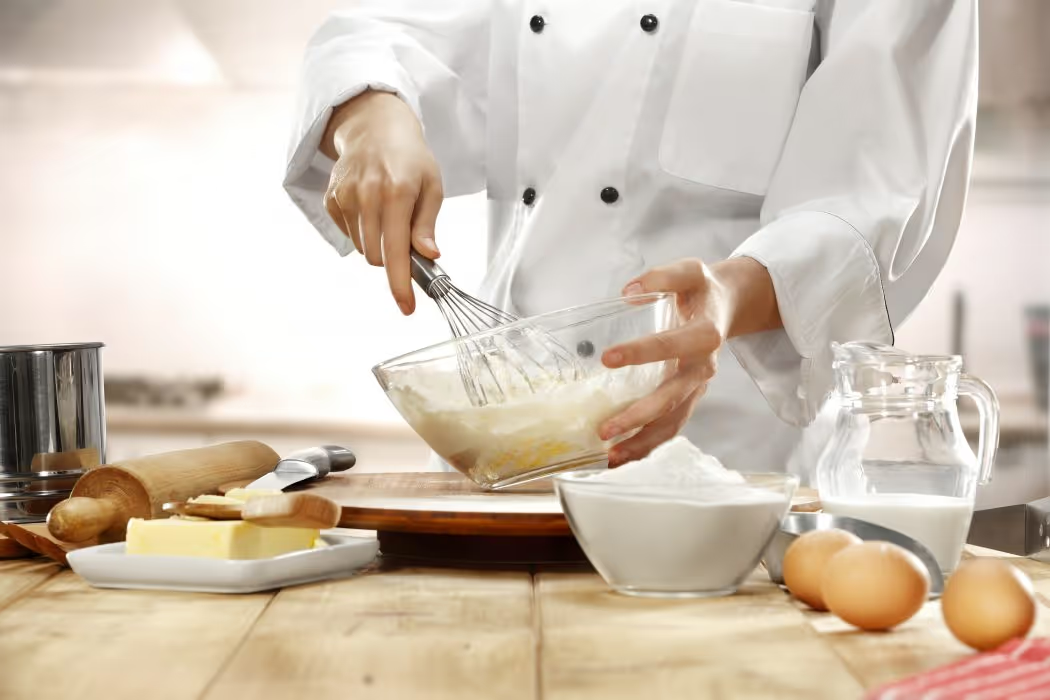Fine Dining, as the name suggests is an exquisite dining experience that offers only the best and finest of everything that comes as part of a flawless experience to enjoy. It is important for one to be familiarized with the etiquettes of fine dining, to help avoid any embarrassments.
The term Fine Dining brings all kinds of fancy images to mind, from the neatly led out sparkling cutleries to the waiters in tuxedos. As the name suggests, fine dining is an expensive and luxurious eatery that offers the finest of everything that comes as a part of your dining which makes it an experience to enjoy.
Dining Etiquette is extremely important when you dine in such places. Here, it’s not only about how gracefully you have your food but also about what you wear, how you are seated, how you respond to the conversations in between and even how you deal with the people serving you. These etiquettes are particularly designed for formal settings and are not applicable during casual or social gatherings. It is essential to be familiar with the fine dining etiquettes so as to avoid any discomfort during formal interactions.
1. Dress Code
What you wear is as important as your table manners when you go for fine dining. You can’t be casual there, it has to be formals. Men should be dressed in suits or jackets and women are expected to wear a formal dress with a good pair of heels. The idea of this dress code is to match the classy atmosphere of the restaurant that is set up for fine dining.
2. Seating
Seating arrangements are usually pre-decided for fine dining and will have your seat reserved with name placards which leave you with no option to pick a seat of your choice. If the seats are not reserved, then it’s the hostess’s job to help you out regarding that. After sitting down, it’s important to keep a decent sitting posture throughout the meal making sure of your elbows to be on your lap and not on the table. Mobiles, handbags, keys & what can’t be eaten doesn’t belong to the table either.
3. Napkins
Remember that napkins are only there to dab your mouth and not to wipe your hands or mouth vigorously. Before you start your meal the napkins should be unfolded and kept on your lap. If you have to excuse yourself from the table in between the meal, then please leave your napkin on your seat so that the servers would know that you will return to your meal shortly. Once you are done eating you should put the napkin not very neatly folded on the left side of the plate so that they can clear the table.
4. Cutleries
This is one of the most important parts of the meal. Typically, you will find a series of forks, knives and spoons in different sizes, with spoons & knives on the right side of the plate and forks on the left. The rule is to always start from the outside-in which is in sync with the order of different courses served during the meal. If you aren’t done eating, keep the fork and knife crossing each other, and once you are done keep them placed together either vertically in the 12 o’clock or diagonally in the 4 o’clock position.
5. Glasses
The glass & goblets for water, wine and other drinks usually go above the knife and spoon on the right, within easy reach of the guest. Keep in mind that drinking loudly or gulping is not acceptable on the table.
6. Eating
You shouldn’t begin till everyone has been served. If you do not like the taste of something that you can’t even swallow, please excuse yourself from the table and remove it in privacy. Try not to blow your food to cool it down and take small bites at a time. Don’t chew loud or make any slurping sound while eating or sipping soup. Also, be polite to the servers whether you like the food or not.








